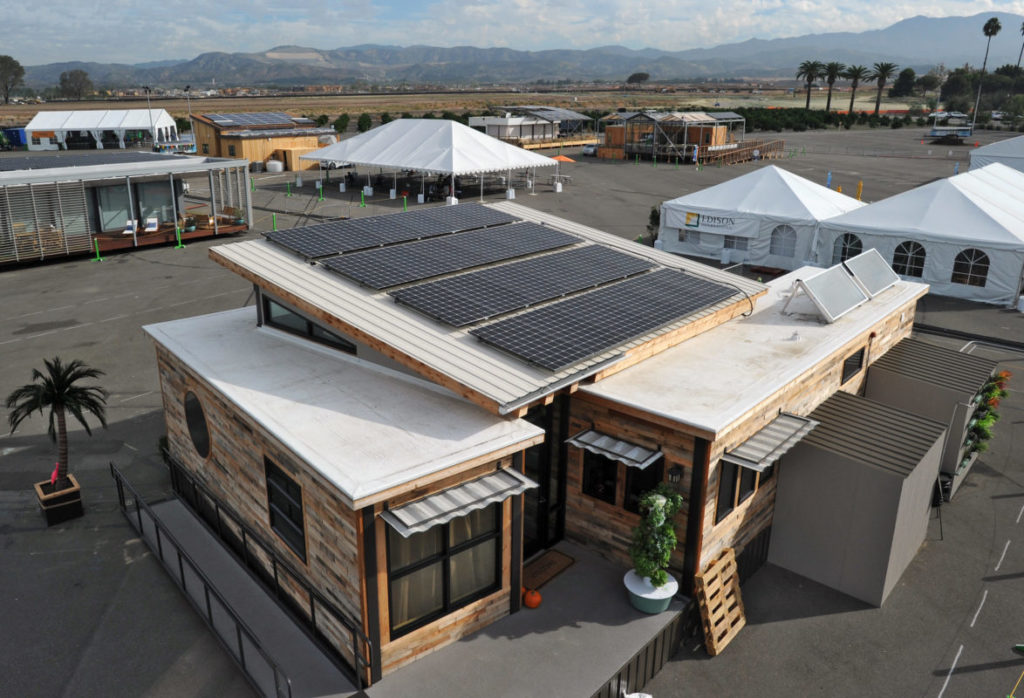
The Missouri Public Service Commission (MPSC) has approved Ameren Missouri’s investment in 400MW of solar power projects in the state, the company’s largest such single investment.
The company, a subsidiary of US power company Ameren, announced the investment last June, and the MPSC has approved work on three projects: the Vandalia Renewable Energy Center and the Bowling Green Energy Center, two 50MW projects that Ameren Missouri will construct; and the Split Rail solar project, a 300MW project that Ameren will acquire from Invenergy. Ameren expects to commission the Vandalia project next year and the other two projects in 2026.
Try Premium for just $1
- Full premium access for the first month at only $1
- Converts to an annual rate after 30 days unless cancelled
- Cancel anytime during the trial period
Premium Benefits
- Expert industry analysis and interviews
- Digital access to PV Tech Power journal
- Exclusive event discounts
Or get the full Premium subscription right away
Or continue reading this article for free
Ameren Missouri also noted that the order “sets the terms” for the approval of the fourth project announced by the company last summer, the 150MW Cass County project in Illinois, for which the project must be fully subscribed under Ameren Missouri’s Renewable Solutions Program.
“We’re able to take advantage of significant tax credits with these renewable projects, reducing overall costs with those savings going directly to our customers,” said Ajay Arora, senior vice president and chief renewable development officer at Ameren Missouri, referring to the myriad of supportive legislation currently in place for domestic US renewables development.
“That helps keep rates as affordable as possible,” added Arora, at a time when there is more money than ever flowing into the US renewables sector. According to consultancy firm DNV, North America will invest US$12 trillion into renewables generation and grids by 2050.
The Missouri solar sector grew steadily in 2023, with the total installed solar capacity increasing from 484MW in the first quarter of the year to 627MW by the fourth quarter of the year. The majority of this growth was driven by residential installations, with the US Solar Energy Industries Association (SEIA) reporting that new residential solar projects accounted for over 90MW of capacity, while there were zero new utility-scale capacity additions in 2023.
This growth follows an impressive year for residential solar in the US, with the US Energy Information Administration (EIA) reporting that, in the first half of 2023, residential projects accounted for around two-thirds of all small-scale capacity additions, defined by the EIA as projects of under 1MW of capacity.






